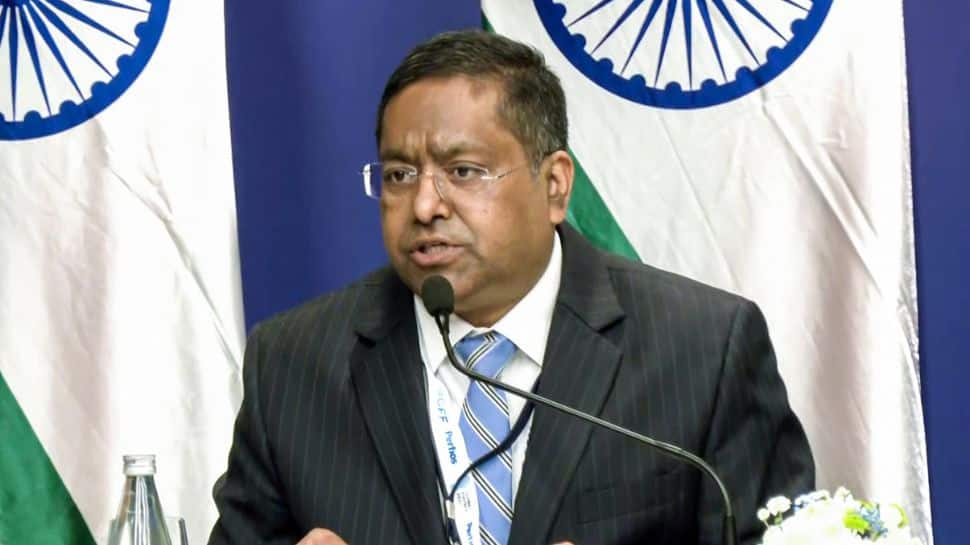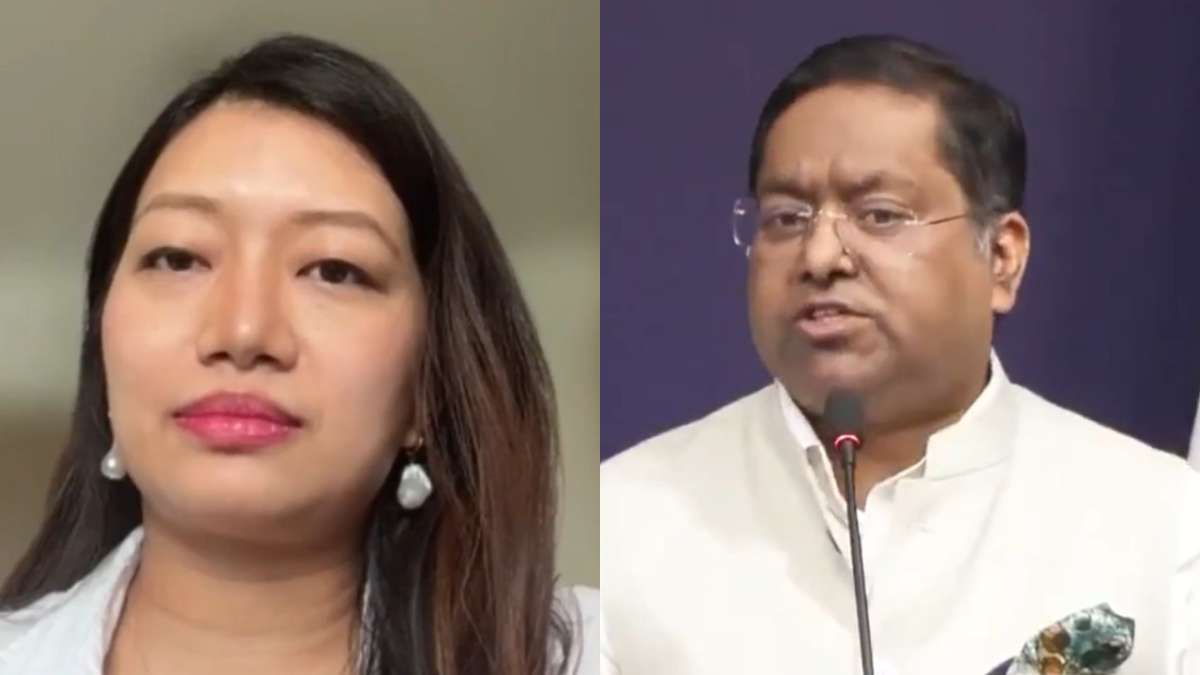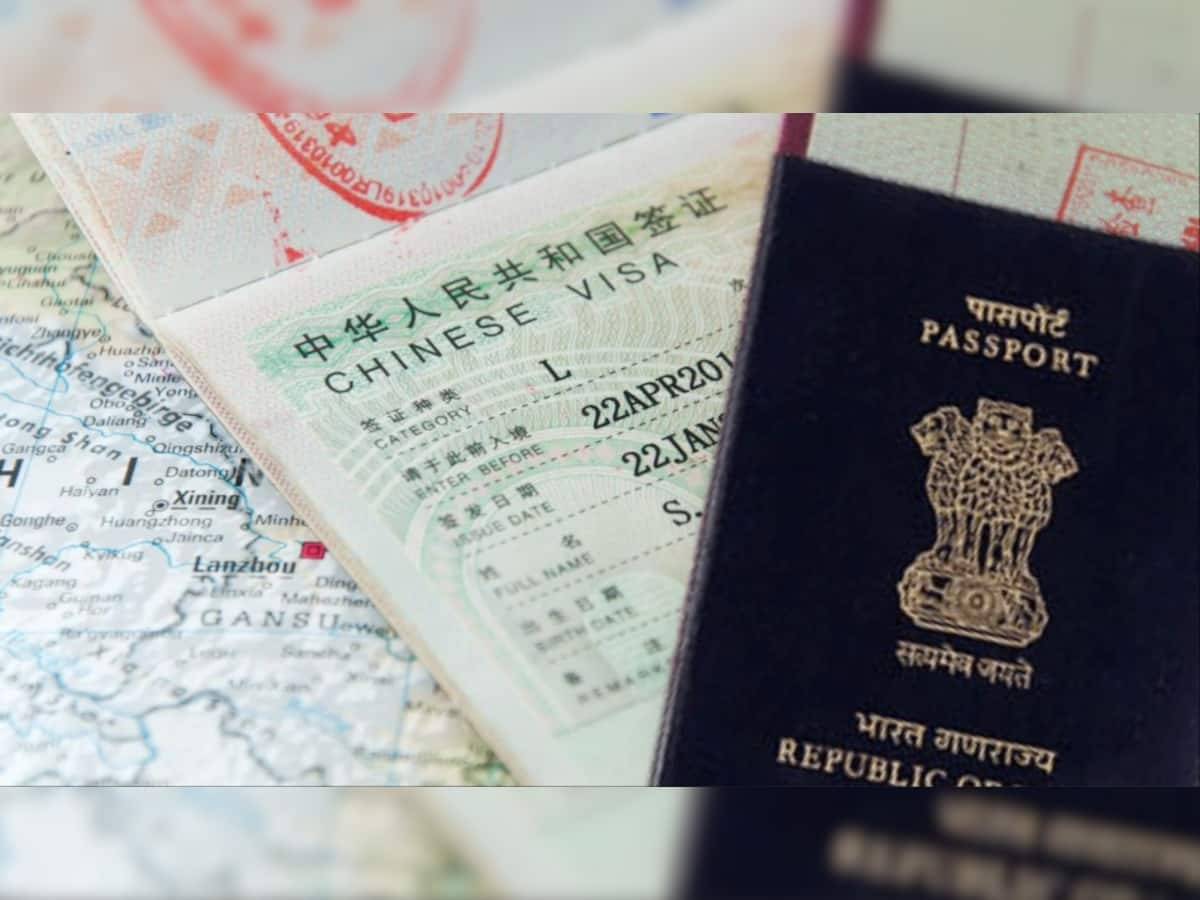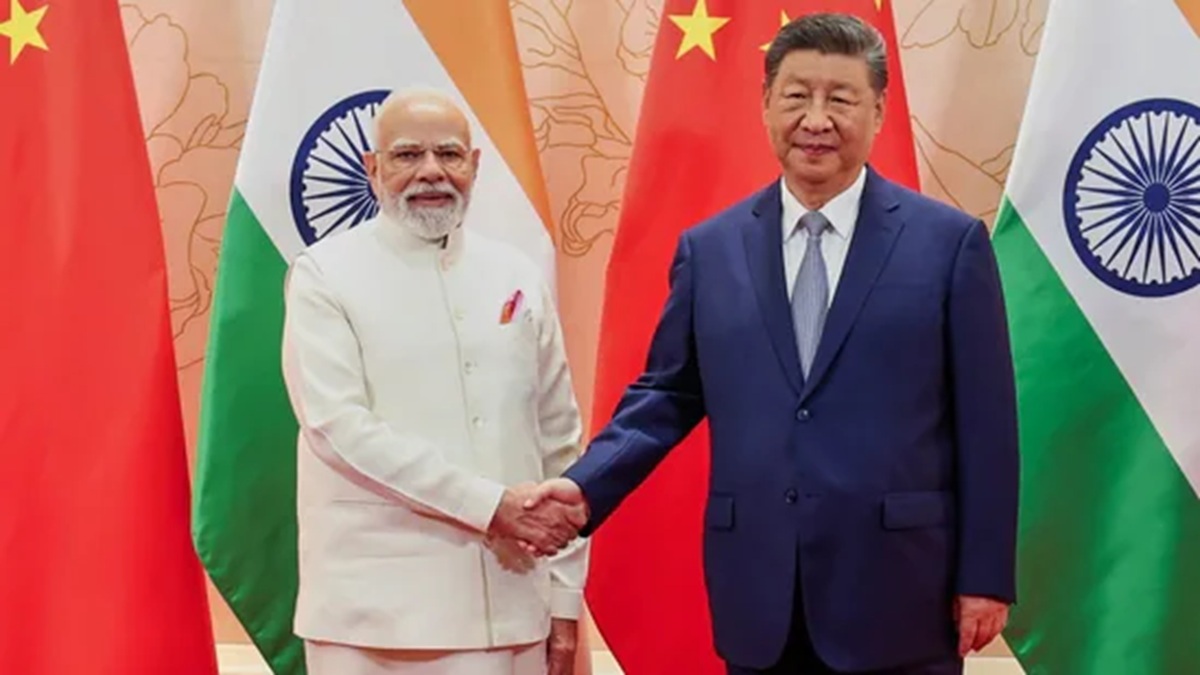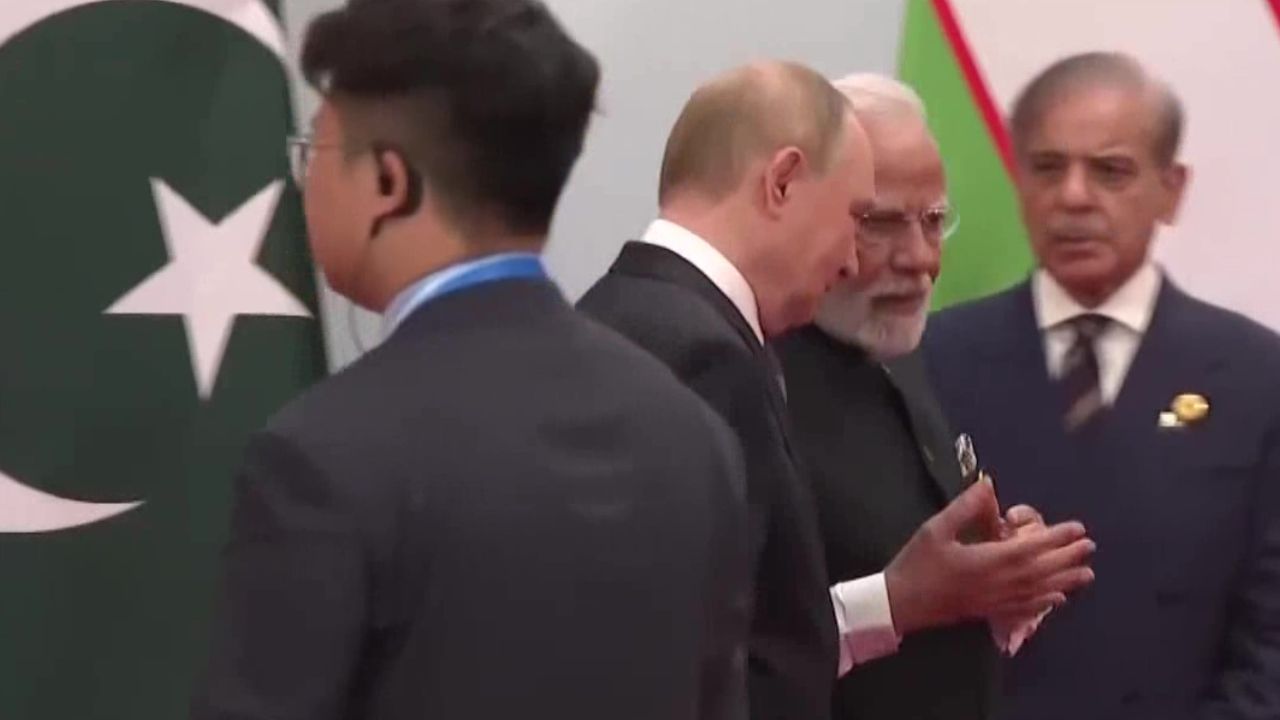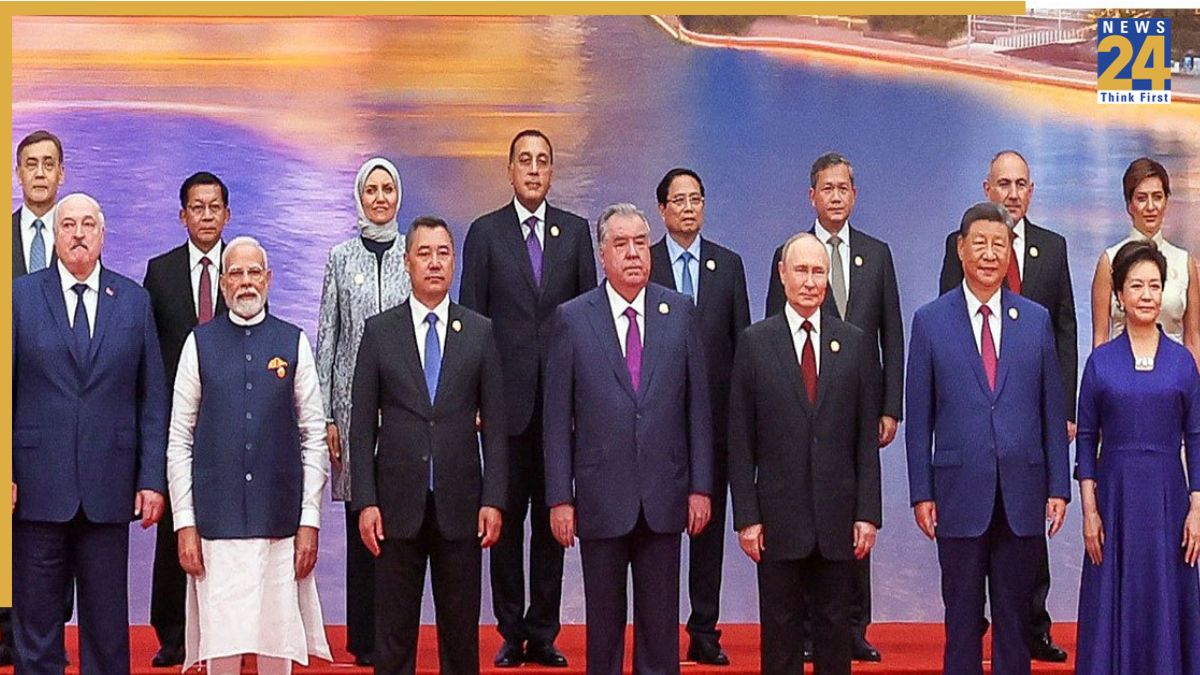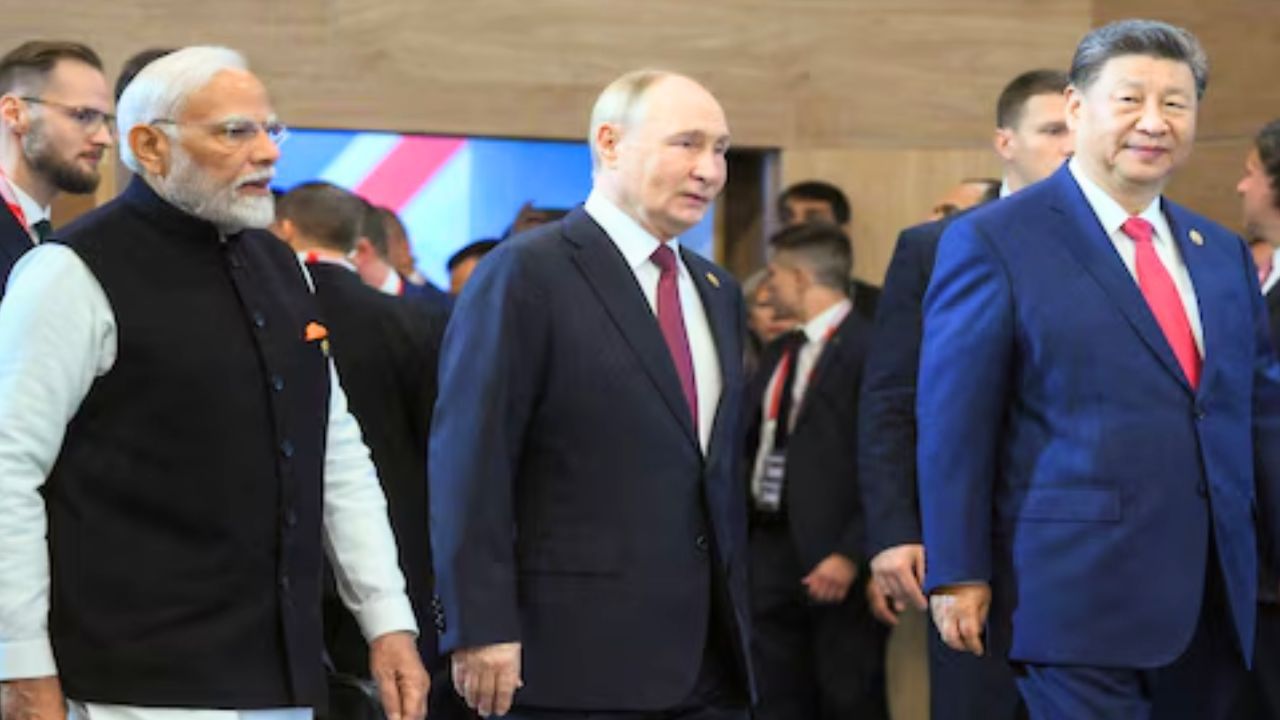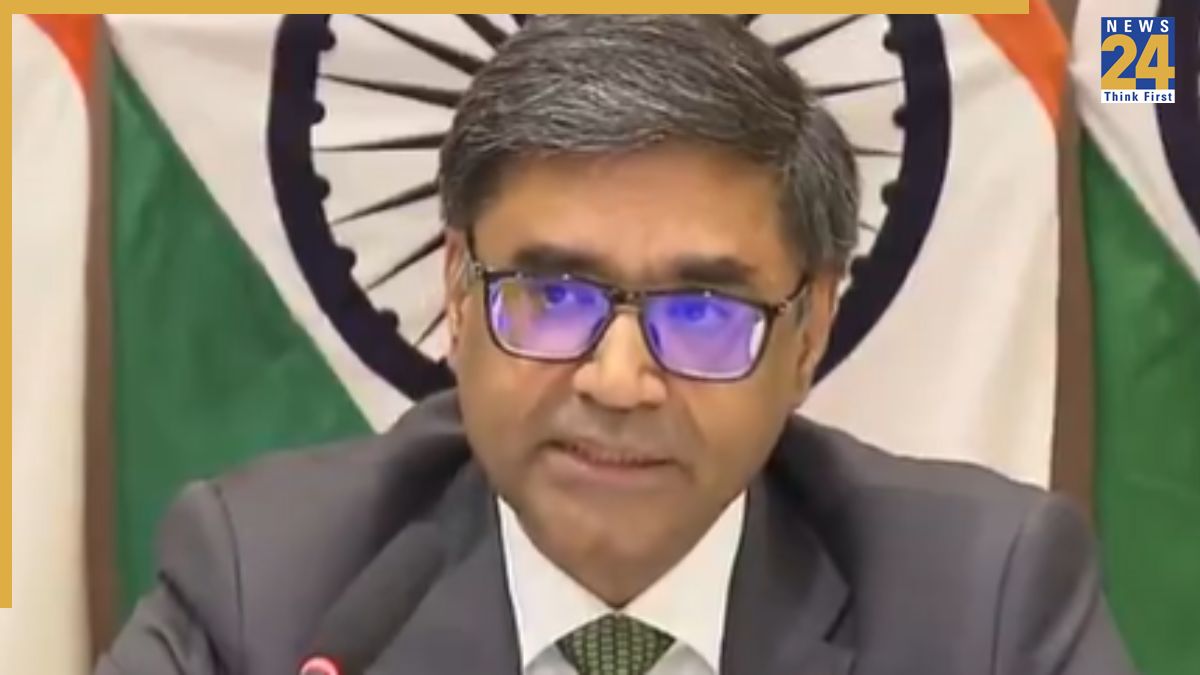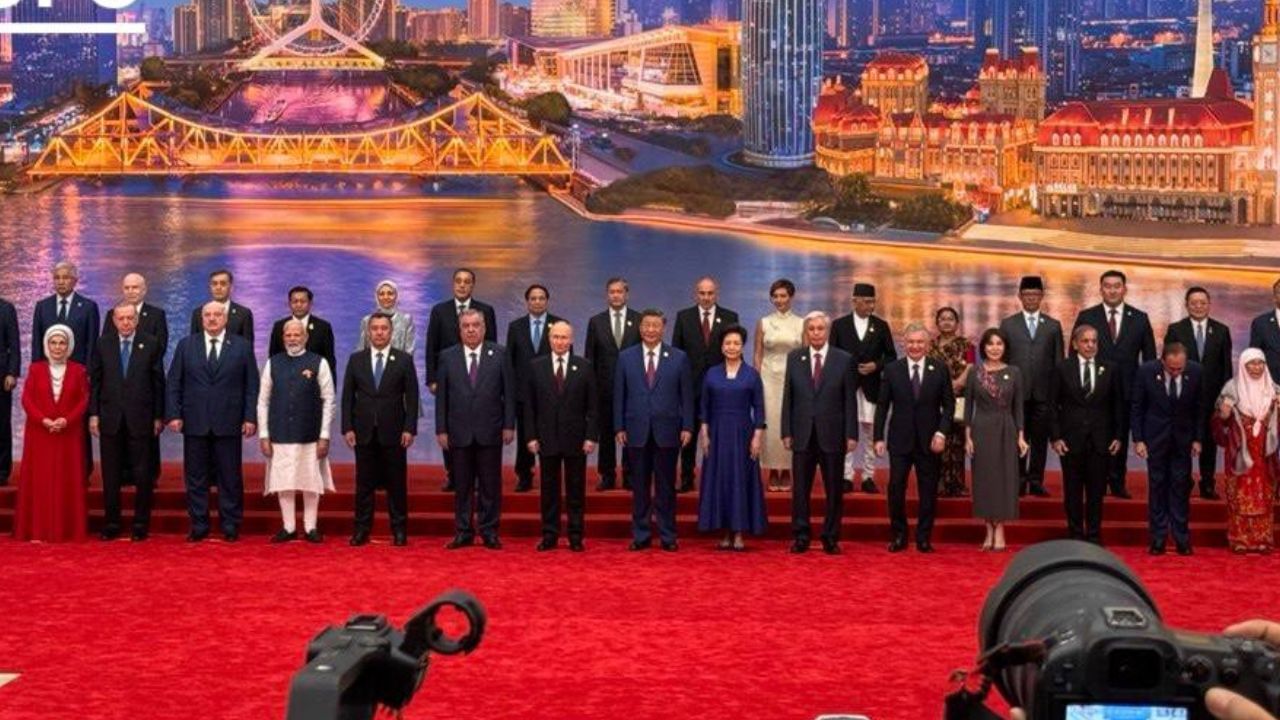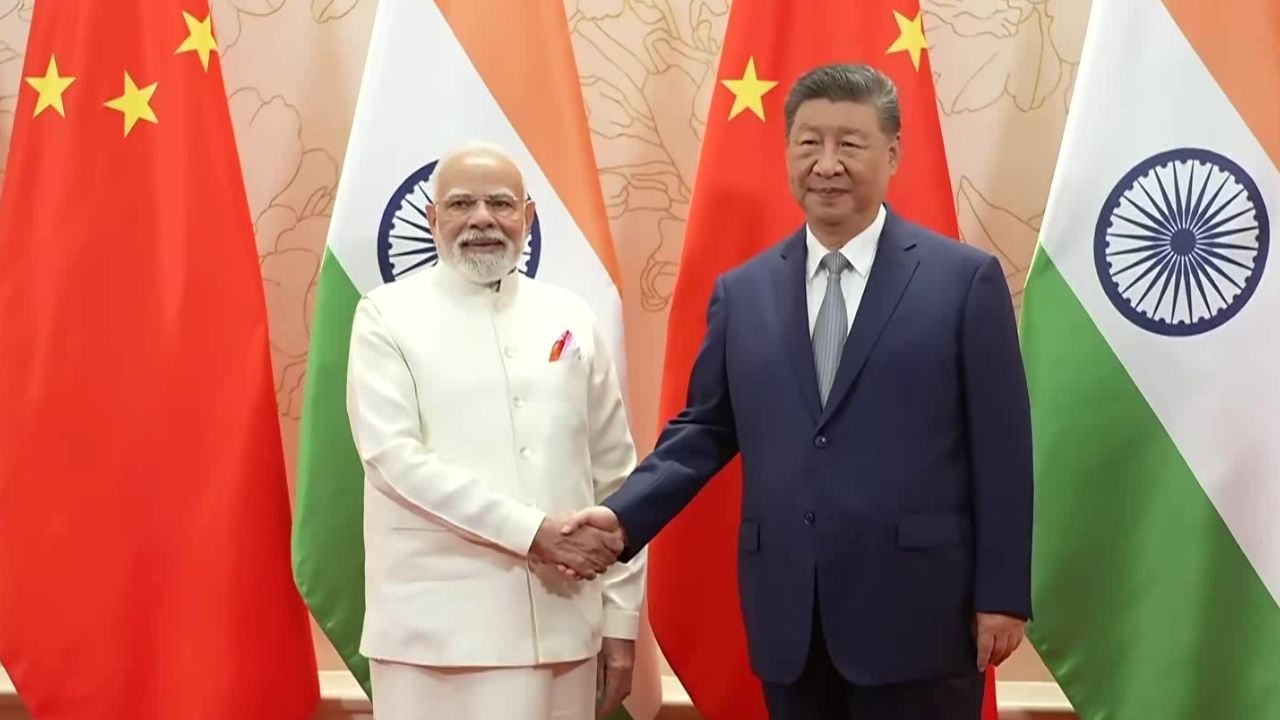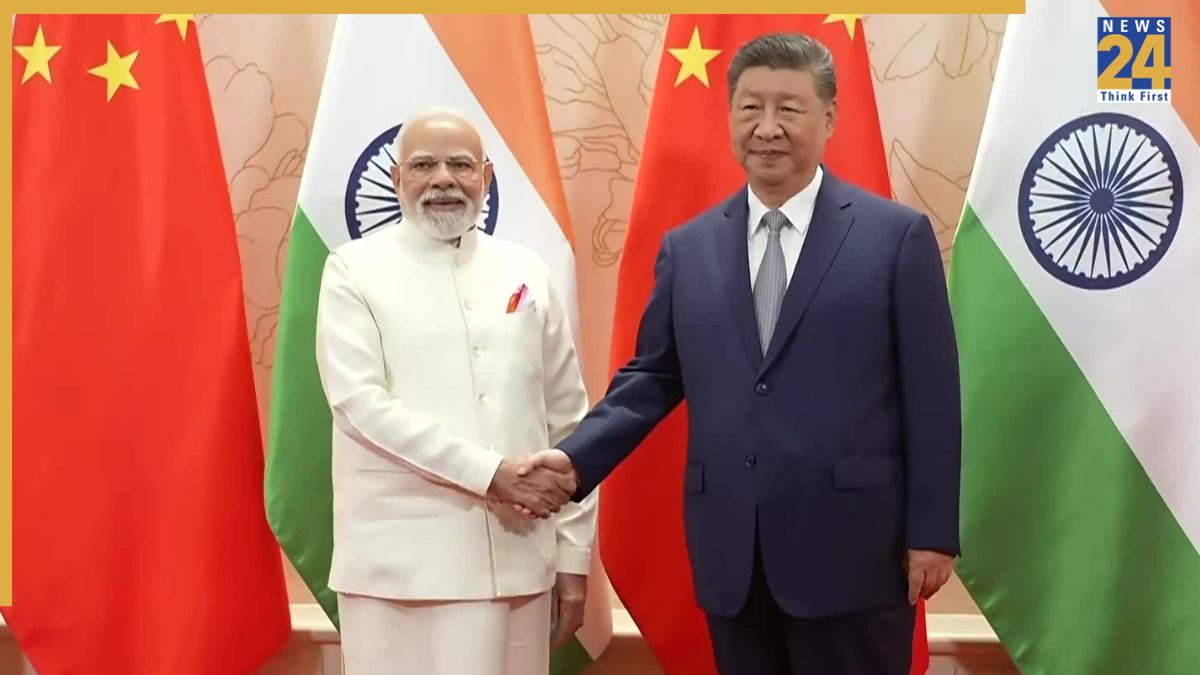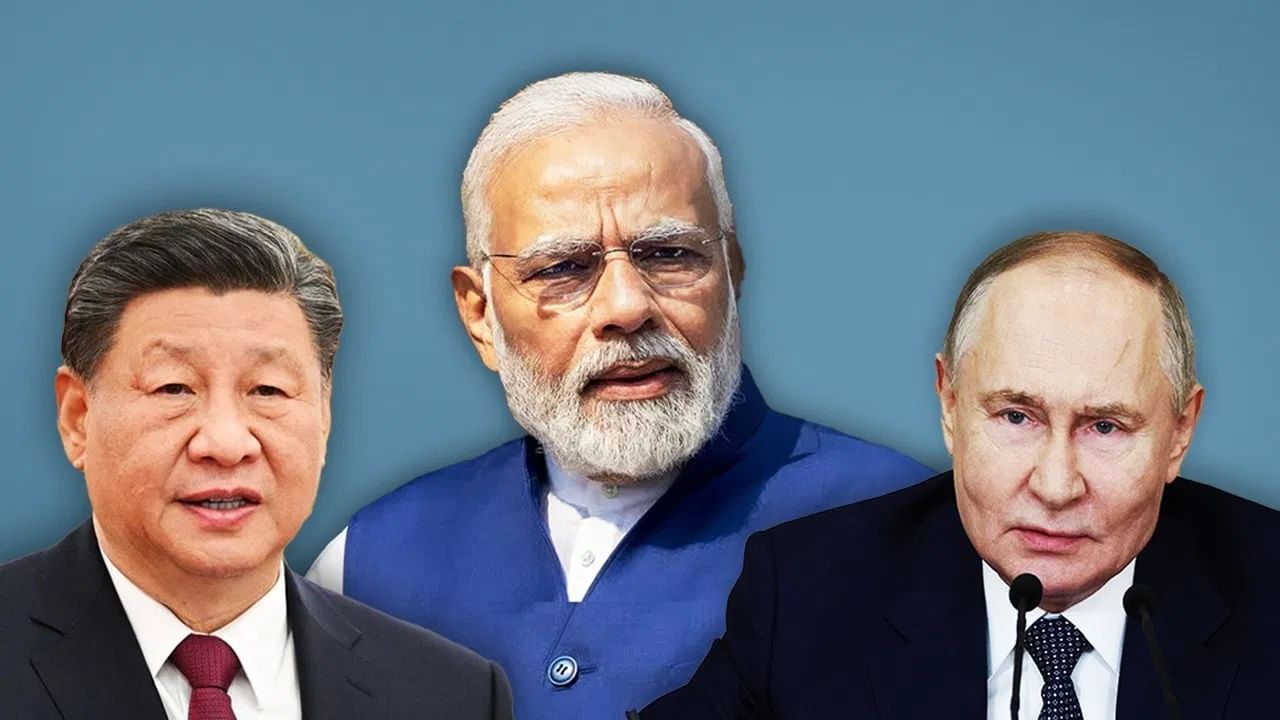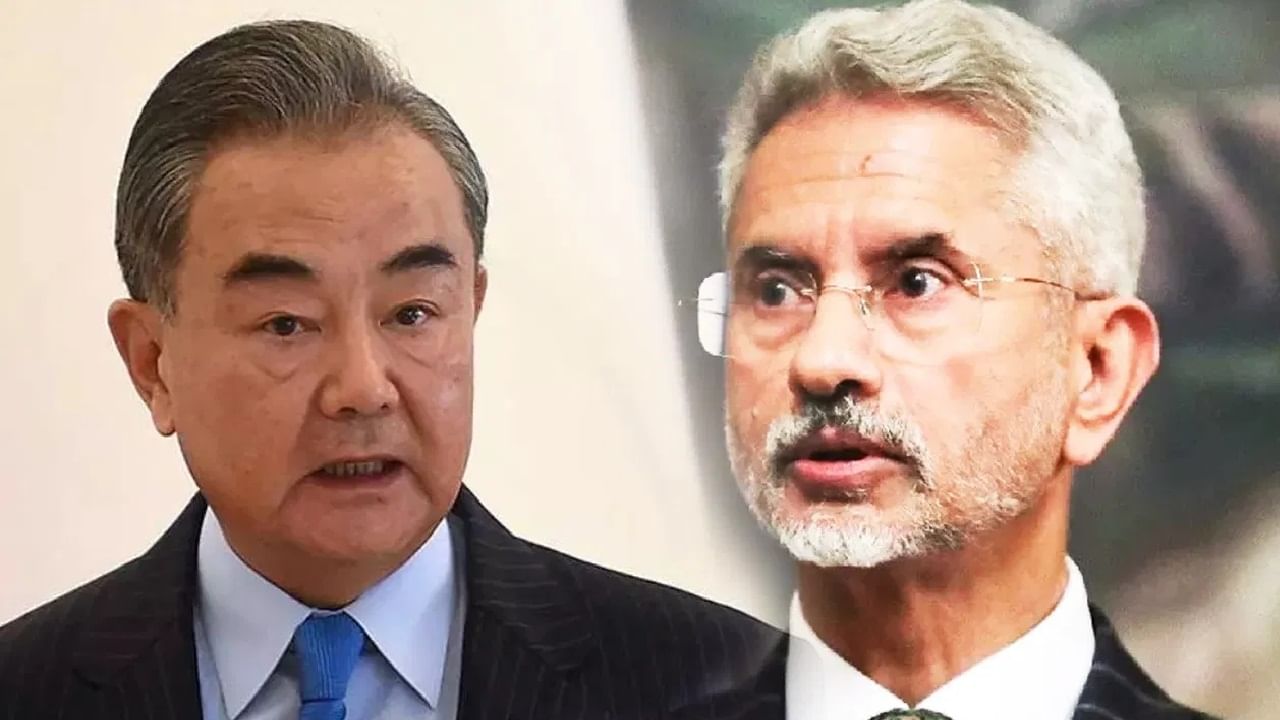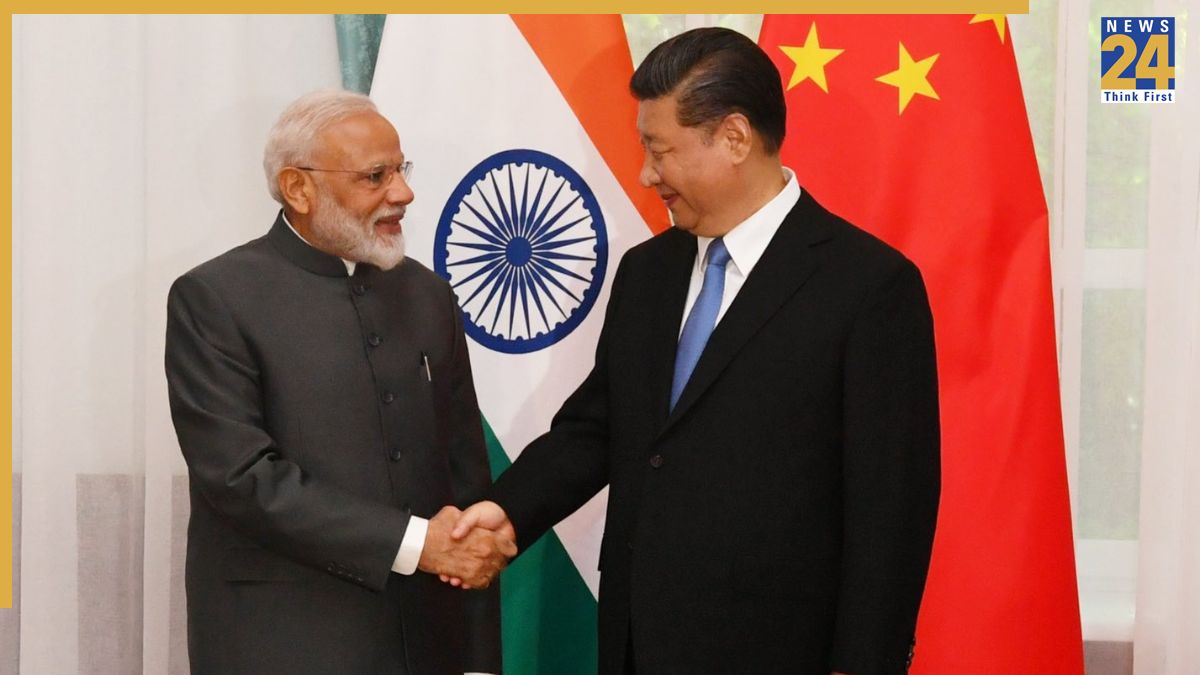Subscribe to Updates
Get the latest creative news from FooBar about art, design and business.
Browsing: India-China relations
India has broadened its initiative to reinstate tourist visas for Chinese nationals, now permitting applications through Indian embassies and consulates globally. This…
India has broadened the scope for Chinese nationals to obtain tourist visas, now permitting applications through its embassies and consulates across the…
Delhi is once again grappling with severe winter smog, a persistent issue exacerbated by crop burning from neighboring states and widespread emissions…
India and China have reportedly held significant discussions focused on managing the western sector of their shared border, marking a potential step…
A striking image emerged during the Shanghai Cooperation Organisation (SCO) summit in Tianjin, China, highlighting a noticeable dynamic between Prime Minister Narendra…
SCO Summit 2025: Modi and Xi Jinping Discuss India-China Relations Amidst International Tensions
Prime Minister Narendra Modi and Chinese President Xi Jinping convened at the Shanghai Cooperation Organisation (SCO) summit. The meeting followed bilateral discussions…
The Shanghai Cooperation Organisation (SCO)’s 25th summit officially commenced with a grand banquet hosted by Chinese President Xi Jinping in China, attended…
Foreign Secretary Vikram Misri stated that Chinese President Xi Jinping highlighted that cross-border terrorism affects both India and China. During a press…
A new chapter in global diplomacy unfolded in Tianjin, China. Prime Minister Narendra Modi, Russian President Vladimir Putin, and Chinese President Xi…
Xi Jinping Advocates Strategic Vision for India-China Relations, Criticizes Trump’s Policies
Chinese President Xi Jinping, ahead of the SCO summit, engaged in a discussion with Indian Prime Minister Narendra Modi. Jinping emphasized the…
During Prime Minister Narendra Modi’s bilateral meeting, he was chauffeured in a Made-in-China Hongqi car, the preferred vehicle of President Xi Jinping…
Prime Minister Narendra Modi emphasized the commitment to advance India-China relations based on mutual trust, respect, and sensitivity during a bilateral meeting…
SCO Summit in Tianjin: Why China Chose This City, Key Attendees, and Modi-Xi Jinping Meeting
Prime Minister Narendra Modi is currently in China for the SCO Summit, marking his first visit to the country in seven years.…
India’s diplomatic strength is a source of annoyance for US President Donald Trump. This strength is evident in figures, vision, and agreements…
Chinese Foreign Minister and member of the Communist Party of China’s Politburo, Wang Yi, visited India from August 18-19, 2025, at the…
Prime Minister Narendra Modi, currently in Japan for a two-day visit, stated that robust relations with China are essential for global economic…



